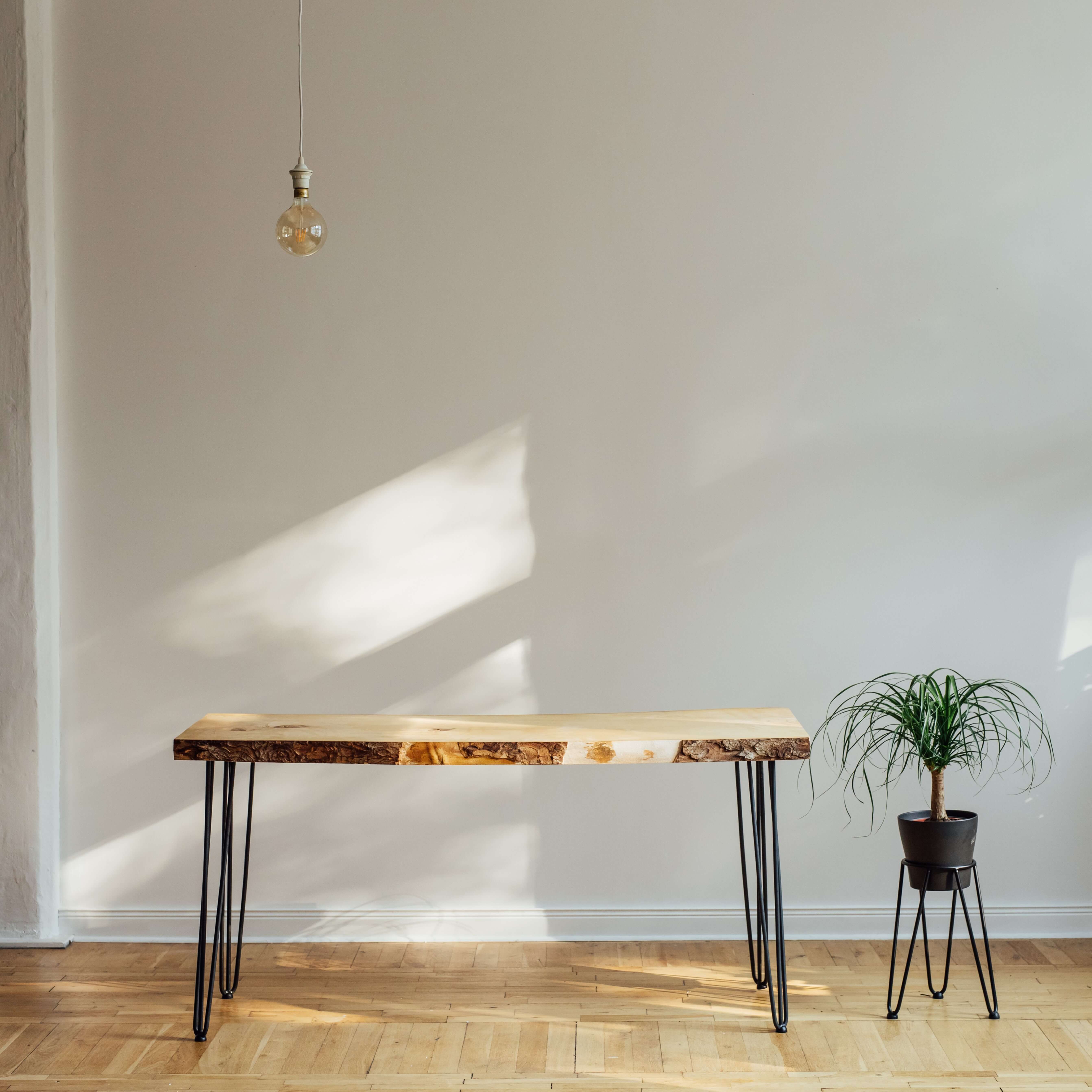Upcycling Furniture: Beginners guide for 2021
This money-saving habit is great for your wallet and the planet! Read on for tips on how to get started and how a little bit of DIY can save you a whole load of cash.
What is upcycling?
Upcycling is the process of reusing and transforming old or discarded goods to give them a new lease of life. It could be anything from turning wine bottles into candlestick holders, transforming t-shirts into tote bags or even giving a chest of drawers a fresh lick of paint. By painting, sanding, sewing and hot-gluing, you can increase the value of unloved goods in your home and unleash your creativity!
How upcycling is good for your wallet
Often when it comes to a home makeover, our first instinct is to run to the nearest IKEA and get flat-packing. Whilst everybody’s favourite Swedish superstore is great for meatballs and gravy, they aren’t always the cheapest option when it comes to home furnishings. By repurposing or just jazzing up second hand or unloved furniture, you can often easily recreate the styles that would cost you so much new.
There are plenty of stories in the newspapers of savvy adults who have saved thousands decorating their homes this way. It’s hard to quote exact savings for you as there are all sorts of deals out there (and really, any piece of art you create for your home is going to be pretty priceless). There are plenty of platforms to choose from (read on for some recommendations), but it’s not unusual to find furniture going for free. Then it’s just a matter of your time and a few materials- which can be reused, and you’ll have yourself a customised, beautiful addition to your home.
How upcycling helps the planet
There are two major ways in which upcycling helps the planet. The first is that by keeping and transforming a previously unloved good, you’re saving it from being sent to landfills. Those piles and piles of waste can often take years to decompose, and in doing so can release dangerous materials into our ecosystems. Things like the dyes in fabric can get into the soil, where they can end up polluting the water systems. By extending the life of fabrics and textiles, you’re helping to reduce that damage!
As well as helping the planet by reducing the amount of material that ends up in landfills, you’re also reducing your contribution to a production cycle that is also massively damaging to the planet. Making a single cotton t-shirt can require 2,700 litres of water, so if you can find a way to transform a top not only are you making the most of the materials that have gone into making it, but you are reducing your contribution to the demand for new goods.
We all know that waste is bad, but upcycling is a fun and easy way to combat all that environmental damage.

Getting started
There really are no rules to upcycling, but here are a few tips to help you get started.
- Pinterest is going to be your best friend. There are pages and pages of DIY inspiration on there, along with instructionals on how to recreate some beautiful projects. If you see something you love on there or even whilst browsing online, you’ll likely be able to recreate it at home for a fraction of the price! And while you’re there, I have to recommend a really great page dedicated to helping you take control of your finances… check out Nova on for more money-saving tips!
- If you’re painting at home and don’t have any space to do it outside, see if you can get your hands on some old newspapers or magazines to lay down- your floor will thank you!
- You don’t need a full toolbox or an engineering degree to get crafty if you’re feeling intimidated just start small. You’d be amazed at what a lick of paint or varnish can do to transform some unloved furniture.
- Another small change that can have a big impact are handles! Buying different draw handles for a cabinet can transform a piece for a fraction of the price of new furniture.
Where to get second-hand furniture
Furniture buying can be an expensive affair. Whilst you can be mindful when purchasing new furniture, sometimes second-hand furniture is just as good. You’re not just limited to eBay when it comes to finding second-hand furniture- there are hundreds of platforms out there to help you find unwanted items in your local area. Here are a few names to start you on your hunt:
- Preloved: as the name suggests, Preloved helps you find local deals on second-hand furniture and often has free listings! The app has loads of really great filters to help you find what you’re looking for but the featured section is equally great if you’re just browsing for inspiration.
- Gumtree: a huge platform with adverts for everything under the sun, Gumtree is always an easy place to look for items to upcycle. Filter by region to see what’s going in your local area, and if you can manage it there are normally some savings to be had by collecting your purchase!
- Freecycle: The Freecycle Network is actually a registered charity, which has local branches all over the world. The network works on a zero-profit basis and just works to enable more communities to give and get stuff for free! (Bear in mind you will need a membership to access your local group and browse listings, but it’s free to join!).






